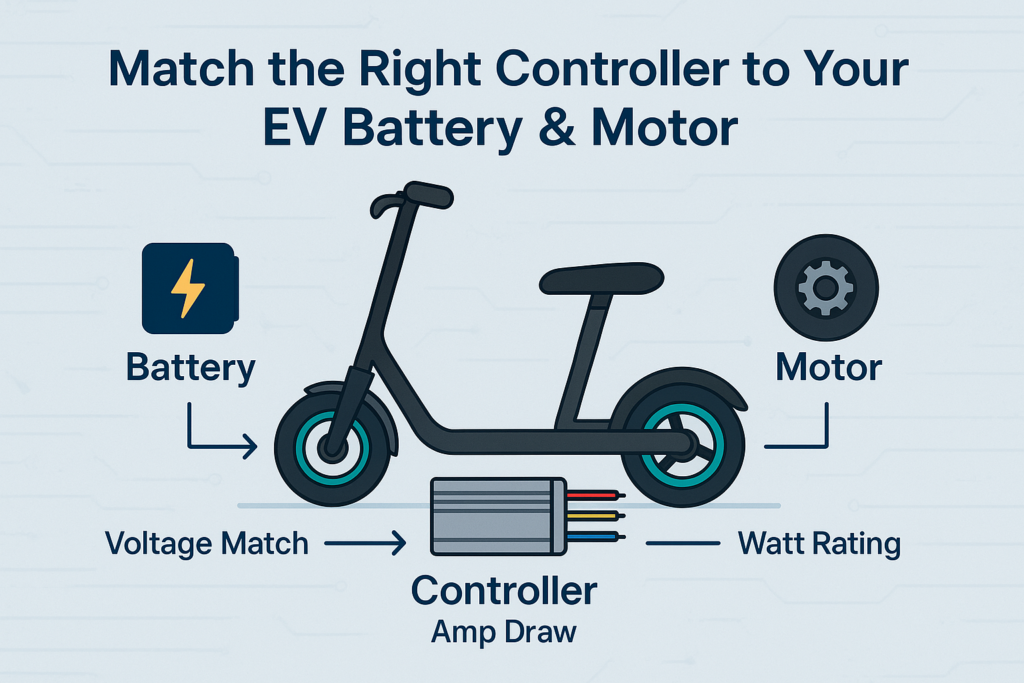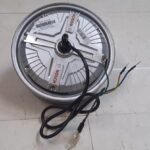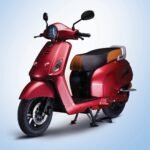
Choosing the right controller for your electric scooter, bike, or rickshaw isn’t just about voltage and wattage—it’s about creating a balanced system. If your controller isn’t matched properly with your motor and battery, you may face power loss, overheating, lower range, or even permanent damage to your components.
This guide explains how to match the correct controller to your EV battery and motor, with practical examples, component breakdowns, and internal links to products from ElectricScootersParts.in.
What Does a Controller Do in an EV?
A controller is the command center of your EV. It interprets signals from the throttle, regulates power from the battery, and sends the right amount of current to the motor.
Key Roles:
- Regulates acceleration and torque
- Controls speed and braking (in regen setups)
- Protects the battery and motor from surges
- Manages power delivery based on rider input and terrain
Why Matching Components Is Critical
You might think, “My battery is 60V, so I’ll just get a 60V controller.” But that’s not enough. You need to ensure:
- Battery voltage matches the controller’s rated voltage
- Controller wattage matches or slightly exceeds motor wattage
- Connectors and features are compatible with throttle, display, brakes, etc.
Improper matching can cause:
- Poor acceleration
- Short circuit or no startup
- Battery drain
- Motor overheating or failure
Step 1: Match Controller Voltage to Battery
The first step in choosing your controller is matching the voltage.
| Battery Voltage | Controller Voltage (Must Match) |
| 36V battery | 36V controller |
| 48V battery | 48V controller |
| 60V battery | 60V controller |
| 72V battery | 72V controller |
If your battery is 60V, you cannot use a 48V controller — it won’t turn on, and in some cases may get damaged.
Step 2: Match Controller Wattage to Motor
After voltage, the wattage rating (power output) of the controller must suit your motor.
| Motor Wattage | Recommended Controller Wattage |
| 250W | 250–350W |
| 500W | 500–800W |
| 1000W | 1000–1500W |
| 1500W+ | 1500–2000W+ |
Tip: It’s okay to use a slightly higher wattage controller (e.g., 800W controller for a 500W motor), but never go too low — it will underpower the motor and may overheat.
Step 3: Check Controller Type and Motor Compatibility
There are mainly two types of motors in electric vehicles:
- BLDC Hub Motor – Most common in e-scooters and e-bikes
- Mid-Drive Motor – Found in performance or mountain-style EVs
Choose a controller built specifically for your motor type. For example, a BLDC controller won’t work with a mid-drive motor and vice versa.
Step 4: Match Connector Type and Pin Count
Make sure your controller supports the following connectors:
- Throttle input (usually 3 or 5-pin)
- Phase wires (yellow, green, blue)
- Hall sensor wires (usually 5-pin)
- Brake cut-off (2-pin)
- Display or key switch (if applicable)
Mismatch here means no start, or worse — sparking and wire damage.
Step 5: Match Controller Features to Your Needs
Not all controllers are created equal. Some come with advanced features such as:
- Regenerative braking
- Cruise control
- Sine wave output (quieter, smoother)
- Smart display compatibility
- Waterproofing
For basic commuting, you can go for a square wave controller — cheaper and widely compatible. For premium performance, consider sine wave models.
Shop sine wave and smart controllers
Real-World Example: Matching Setup
Example Setup for Daily Use:
- 48V 26Ah Lithium Battery
- 500W BLDC Hub Motor
- Matched 48V 800W Controller
- Thumb Throttle (3-pin)
- Mechanical brake levers
Result:
- Smooth 45–50 km/h speed
- Good torque for city riding
- Minimal heating during rides
- Battery lasts full 45–50 km range
Signs of an Improper Match
If your controller, battery, and motor aren’t properly matched, you may experience:
- Startup problems
- Jerky acceleration
- Battery heating or fast drain
- Reduced top speed
- Motor vibrations or buzzing
Don’t ignore these signs! They may cause long-term damage to your EV system.
Should You Upgrade Controller Before Battery or Motor?
Here’s a smart upgrade order:
- Battery – Upgrade from lead-acid to lithium (lighter, more range)
- Controller – Upgrade to match the higher output & smoother power delivery
- Motor – Upgrade only if needed for power/speed after steps 1 & 2
This ensures best results without over-investing initially.
Top Affordable Controllers for Matching
- 48V 350W Controller – Ideal for city commuters
- 60V 1000W Controller – Great for performance scooters
- 72V Sine Wave Controller – Best for smooth acceleration and power delivery
Most of these are available under ₹2000–₹4000.
Final Tips for Installation & Testing
- Use insulated tools while connecting wires
- Always disconnect the battery before testing the controller
- Do a dry run before reattaching the scooter body or covers
- Avoid twisting or forcing connector pins — match them carefully
- Keep an eye on temperature during the first few rides
Summary: Perfect Controller Matching Checklist
Match battery voltage exactly (48V, 60V, 72V)
Match motor wattage with controller (250W–2000W)
Confirm connector types for throttle, motor, brakes
Check controller type (square/sine wave, hub or mid-drive)
Make sure features match your riding needs
Prefer reliable sellers with return and support options
Conclusion: A Matched System Is a Powerful System
Matching the right controller to your EV battery and motor is the foundation of a smooth, safe, and efficient ride. When chosen correctly, your controller can unlock higher range, smoother acceleration, and longer life for your EV.
Don’t guess. Always read product labels, consult sellers, and verify compatibility.





